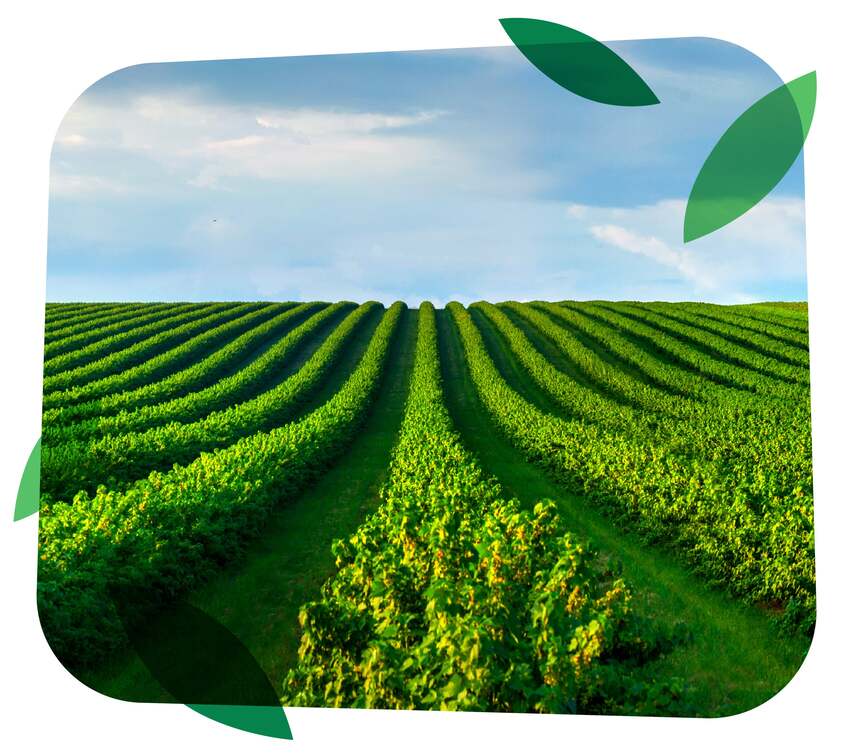How to use Haifa's fertilizers to supply the pomegranate trees with the all the nutrients needed for high yield and excellent fruit quality
Pomegranate trees aren't high demanding when it comes to mineral nutrition. In different soil characteristics and tree productivity level the N application varies between 80-200 Kg/Ha.
Adequate potassium fertilization rate is important to achieve high yield and increase fruit size and quality. Usually a 1:1 N:K2O ratio is recommended. A 1:1.5 N:K2O ratio is recommended for soils with high pH or for heavy producing orchards.
Annual macro nutrients demands for young trees
| Year | N | P | K | Poly-Feed™ 20-20-20 + ME |
|---|---|---|---|---|
|
---------------- Kg/tree --------------- |
||||
| 1st | 0.060 | 0.060 | 0.060 | 0.30 |
| 2nd | 0.100 | 0.100 | 0.100 | 0.5 |
| 3rd | 0.150 | 0.150 | 0.150 | 0.75 |
The annual fertilizer amount should be split and applied from the late winter to late summer during the plant's vegetative growth season.
The optimal timing for phosphorus and potassium application is when the tree is shedding. The optimal timing for nitrogen application is when the tree is starting a new vegetative growth. 0.6-0.75 of the tree’s annual fertilizer rate should be split and applied from late winter to late spring, during flowering and fruit setting period.
Foliar application:
- After bloom, applications of 11-16 Kg/Ha potassium nitrate may lead to a bigger size fruit size and help avoid fruit splitting.
- Zinc (Zn) is the most common deficiency. At least 2 foliar applications of Zn should be considered.
Sources:
- Dr. Mongi Zekri, Pomegranate nutrition, University of Florida, IFAS extension
https://www.crec.ifas.ufl.edu/extension/pomegranates/pdfs/Zekri_Mongi%20_Nutrition.pdf - Kitren Glozer and Louise Ferguson, Pomegranate Production in Afghanistan, UC Davis College of Agricultural and Environmental Sciences
https://afghanistan-network.com/yahoo_site_admin/assets/docs/PomegranateProductioninAfUCDAVIS.19301213.pdf - M.D. Sheets, M.L. Du Bois and J.G. Williamson, The pomegranate, University of Florida.
https://edis.ifas.ufl.edu/pdffiles/MG/MG05600.pdf - The Israeli extension service publication (Hebrew)
https://www.agriyosh.co.il/image/users/79099/ftp/my_files/rimon/6.doc




